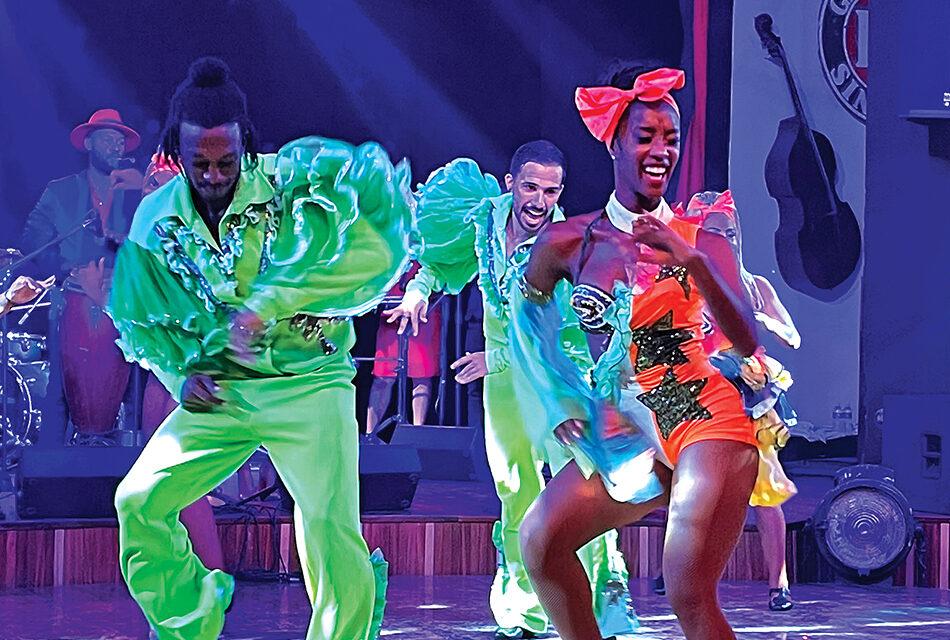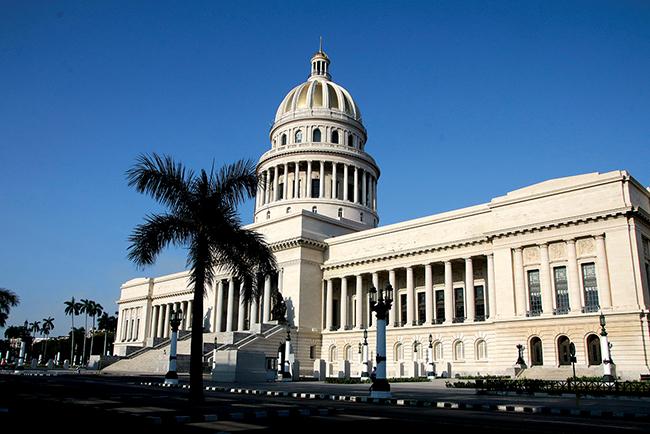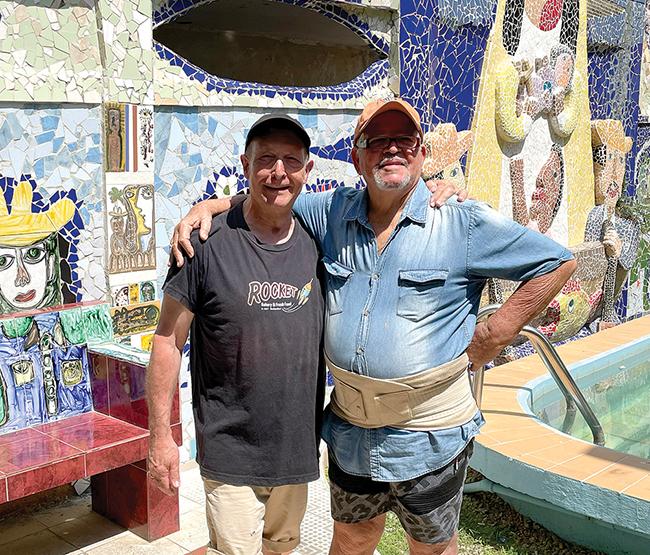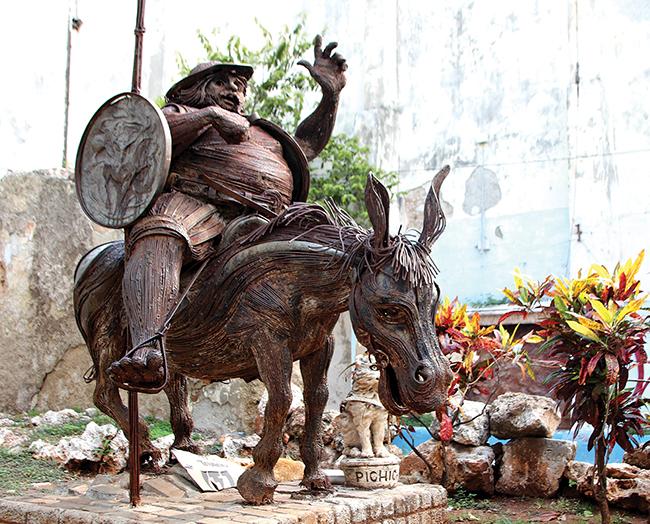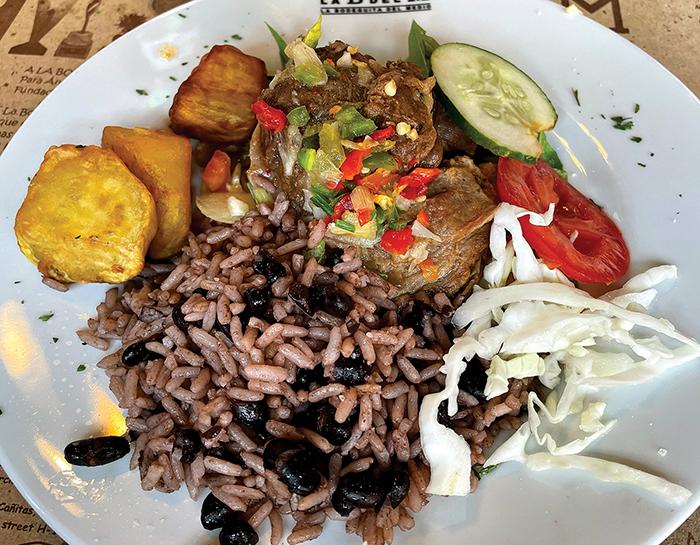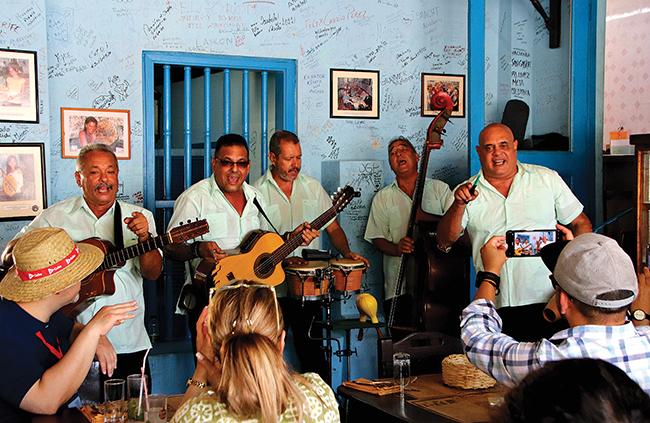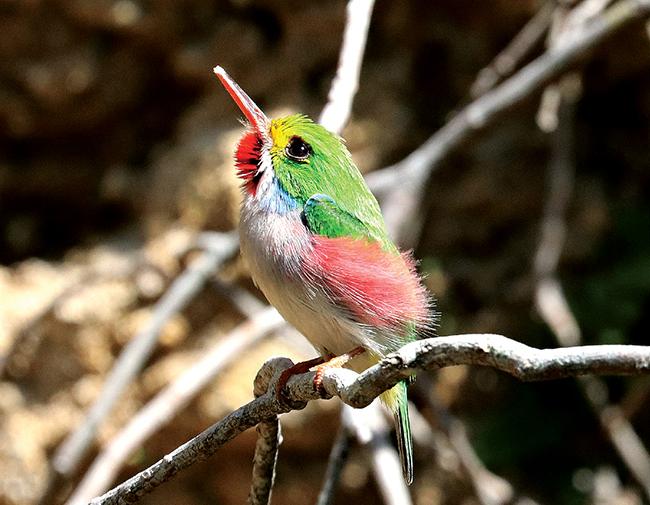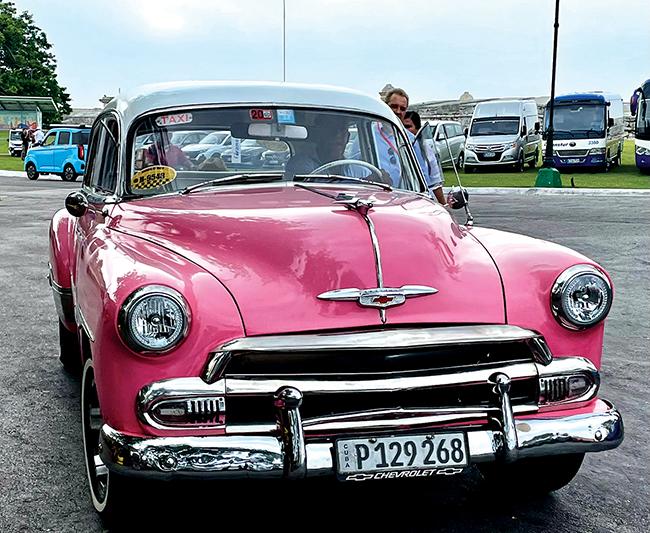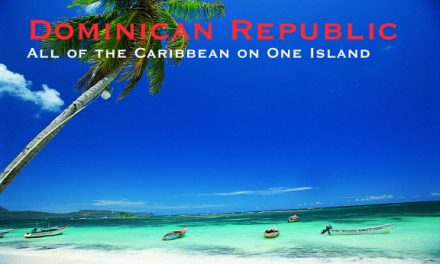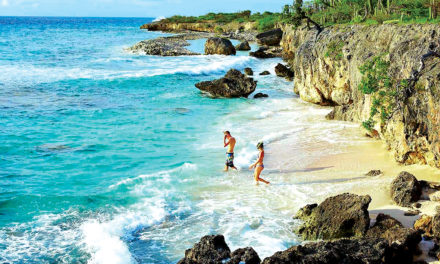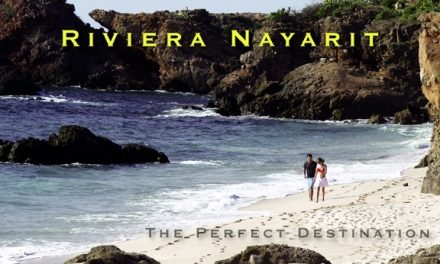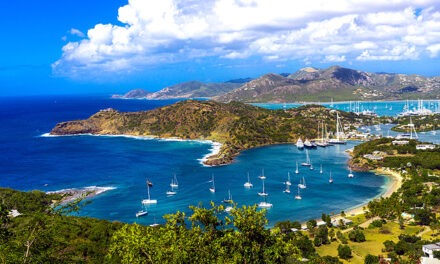Cuba
Havana Wonderment
Article and photography by Steve Gillick
When someone is artfully nicknamed the Picasso of the Caribbean or painted as the Cuban Gaudi, Brâncusi, or Dali, it’s got to get your attention.
Following in the footsteps of such luminaries as Madonna, Bon Jovi, and Canadian Prime Minister Justin Trudeau, a visit to Fusterlandia in Jaimanitis, Havana, Cuba, puts you face-to-face with the artist himself. José Rodríguez Fuster is a ceramist, painter, and sculptor who has painstakingly created a mosaic masterpiece in his vast neighbourhood compound. Millions of colourful tiles adorn walls, murals, arches, sculptures, hearts, and faces, reflecting a passion for Cuban culture, religion, politics, whimsy, and fantasy.
Fuster is an endearing character who poses for photos and shares insight into his creative philosophy, based on ‘seeing the world in different ways”. And when asked about his art’s seminal influence, he simply replies, “I am Cuban”.
Fuster’s response, echoed by so many people we met in Havana, contributed to the energy and excitement of our return to the city. Havana has adopted three pillars of growth and transformation: cultural heritage, cultural identity, and sustainable development. And it’s hard to walk down a street seeing revitalized parks, museums, or hotels, without conjuring up the name of Eusebio Leal. He was appointed City Historian by Fidel Castro but quickly embraced the greater role of restoring the crumbling buildings in Old Havana. By the time of his death in 2020, in addition to the iconic Capitol Building, over 300 buildings had been refurbished, including the Ernest Hemmingway hangouts of El Floridita and La Bodeguita del Medio.
Hand-in-hand with the preservation and beautification of Havana, Leal promoted social and cultural programs with an emphasis on family-friendly neighbourhoods, seniors, and youth.
Case in point: Mirroring the scene from the movie “Fame”, on a sunny Saturday morning, 50-60 student members of Ballet Liszt Alphonso Dance Cuba took to the street for an energetic and spirited dance performance to the song Mama Mia, followed by an enthusiastic rendition of La Macarena, where it was almost impossible not to join in the festivities.
And certainly, the Bethlehem Convent Senior’s Day Care and Home residents, from across the street, were not shy about strutting their stuff next to the students. Bedecked in red T-shirts and carrying blue, yellow, or orange batons, the seniors, aged 60 plus, proved they were more than footloose.
It was an incredible scene that reflected the importance of music to Cubans of all ages and the inseparable connection between music and dancing to the Rumba beat. Our city guide, Gretel Cylvester Zulueta, noted, “Cuban dance music is in the DNA. Cha-cha, Salsa, and Mambo show happiness”.
For the audience of locals and tourists, the sight of senior citizens dancing in the street was a heart-warming tribute to the spirit of staying active and involved in the community. And those ubiquitous Cuban rhythms enveloped us at every meal with lively music complementing the tastes of Cuban fare. A great example was at La Bodeguita del Medio (‘pub in the middle of the street’). In front of a painting that depicts two of the pub’s most famous clients, the Cuban poet Nikolás Guillén and American author and journalist Ernest Hemmingway, Jorgé, the bartender prepared a counter-long line-up of Mojitos, Hemmingway’s drink of choice. In a corner, the rhythmic blend of guitars, bass, bongos, and maracas blended with the voices of Grupo Raizón to create the perfect casual dining experience. After savouring the Arroz Congri, the traditional, flavourful dish of rice and black beans, Eduardo, the head waiter, revealed that “the secret to excellent food is my team”: Jorgé mixing the drinks, and Ledicia, serving the food with a glowing smile.
And music also serenaded us as we wandered through residential streets, where pushcart vegetable stands and the odd 1962 pink Pontiac Bonneville were part of the everyday scenery. But then again, so are Cuban cigars and Rum.
At the ribbon-cutting ceremony to open the Cigar Bar at the Iberostar Parque Central Hotel, Juan Carlos Garcia Granda, the Minister of Tourism, and a surprise pop-in guest, Manuel Marrero Cruz, the Prime Minister of Cuba, spoke about what Cubans love and what they love to share with tourists: history, culture, beaches, music, cigars, and Rum. And not far away at the Museo del Ron Havana Club, our guide, Osvaldo Mandina Machado, reminded us during our Rum tasting that Cuban Rum and Rumba are featured on the UNESCO Intangible Cultural Heritage list.
Another excellent venue to enjoy drinks, music, and a view of the sea, amidst the ambiance of Cuban culture and history is the Bay View Bar (a.k.a. The Hall of Fame Bar) at the Hotel Nacional de Cuba. And you can arrive in style! Just hail a 1953 Buick on Havana’s Malecon, the picturesque seawall walkway, for the 10-minute drive, past dilapidated old buildings, architecturally curated new buildings, and intriguing sculptures. ‘The place to be’, the Malecon, is often called “the sofa of Havana” due to the casual comfort it offers locals and visitors alike.
In Cuba, as the saying goes, there are two seasons. Summer lasts 360 days, and spring, with slightly cooler temperatures and a drizzle of rain, occupies 4-5 days, spread over the year. And while the all-inclusive scene at Varadero, Holguin, Cayo Santa Maria, and elsewhere is tempting to the senses, many other areas respond to the demand for ‘travel wonderment’. Las Terrazas is a great example.
This UNESCO Biosphere Reserve is located 45 minutes southwest of Havana. It offers relaxation, adventure, and history, with walking trails, waterfalls, guided tours, and birding.
Idalmis Guía, a third-generation naturalist, met us to find and photograph Cuban Trogans, the Robin-sized National Bird of Cuba that mirrors the white, red, and blue colours of the Cuban Flag. And amidst the Calabash, Avocado, Guava, and Mulberry trees, we found many species, including Red-legged Honey Creepers, Green Woodpeckers, a Stigeon Owl, and a mating pair of Cuban Todies, with a bright green, pink, red, and white female perched next to the vibrant yellow, green, blue, white, red, and pink feathers of the male.
In 1968, the story goes that Fidel Castro was travelling through the region when his jeep got stuck in the mud, and the rest is history. The area around Las Terrazas was developed as part of the “Green Revolution”, a sustainable plan to counter the effects of logging, coffee plantations, and hurricane damage and to benefit living conditions and job opportunities. Six million trees were planted, followed by homes, schools, playgrounds, and clinics.
Las Terrazas is a great day trip for nature lovers who want to indulge in the Cuban version of ‘Shinrinyoku’ (Japanese forest bathing). Overnights, delicious food, and aromatic coffee are available at the eco-friendly Moka Hotel, where balcony views take in trees, birds, and fresh air.
Havana allows visitors to connect with Cuban culture in personally meaningful ways. Those seeking travel wonderment will find it here.

